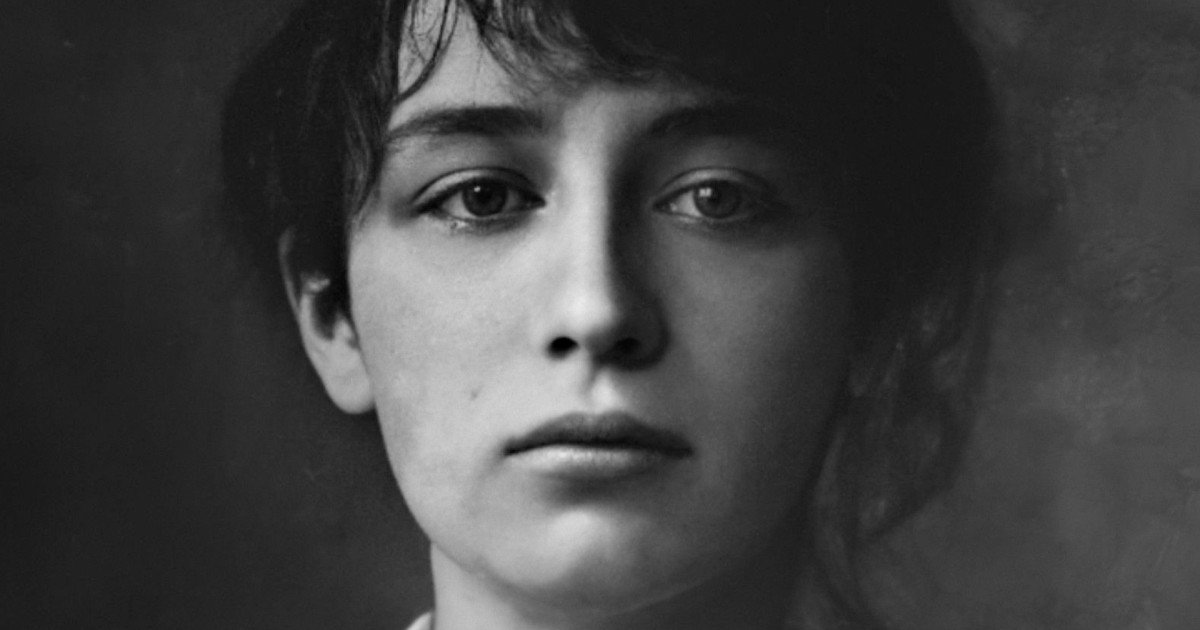The Fascinating Biography of a French Sculptress
Camille Claudel, an extraordinary French sculptor of the late 19th and early 20th centuries, endured a tragic life marked by artistic brilliance and personal despair. Her innovative works often surpassed those of her mentor and lover, Auguste Rodin, yet she spent her final decades unjustly confined in a mental institution, largely forgotten.
The Life and Legacy of Camille Claudel
Born into a well-off family in 1864, Camille Claudel’s early artistic inclinations were met with mixed reception. While her father, Louis-Prosper, championed her aspirations, her mother and siblings remained largely unsupportive. This familial strain would tragically culminate in her forced institutionalization after her father’s death, a fate she arguably did not deserve.
Early Ambition and Parisian Pursuit
From a young age in Fère-en-Tardenois, Camille displayed remarkable talent, meticulously crafting clay figurines that captured the likenesses of those around her. By adolescence, her ambition to become a sculptor was clear, and she sought training in Paris, the era’s artistic epicenter. Her father’s pivotal decision to relocate the family to the capital facilitated her artistic journey, though it fueled her mother’s persistent resentment.
Camille’s relationship with her mother, Louise-Athanaïse, was always fraught, partly due to Louise’s perception of Camille as a replacement for a deceased brother. This maternal disapproval foreshadowed Louise’s later instrumental role in Camille’s confinement, during which she never visited her daughter.
Training in Paris and the Rodin Connection
In a conservative 19th-century Paris, opportunities for women artists were scarce. Camille enrolled in the Académie Colarossi, one of the few institutions that permitted women to study from nude models—a crucial practice for anatomical mastery in sculpture, and a progressive move for its time.
It was here that her exceptional talent caught the eye of her instructor, Jean Boucher. Recognizing her potential, Boucher recommended her to his substitute, the already renowned sculptor Auguste Rodin (1840-1917), setting the stage for a pivotal, complex relationship.
Muse, Collaborator, and Independent Artist
Rodin was captivated by both Camille’s striking talent and her subtle beauty. Despite a significant age difference of twenty-four years, their relationship blossomed into a passionate affair and a profound artistic collaboration. Camille played a crucial role in assisting Rodin with monumental works like The Gates of Hell, which famously includes his The Thinker.
While her early works bore a discernible Rodinian influence, Camille steadily forged her unique artistic voice. Masterpieces from this period include The Wave (1897), crafted from bronze and onyx. The varying hues of the onyx ingeniously captured the play of light on seawater, with three nude maidens beneath the towering wave, interpreted as an allusion to the Three Graces.
However, as Camille’s artistic renown grew, her personal life deteriorated. Rodin’s refusal to leave his long-term mistress, Rose Beuret—with whom he had a son—plunged Camille into a cycle of jealousy and frustration, leading to visible signs of emotional distress.
Her monumental bronze, The Age of Maturity (1899), is widely interpreted as a poignant reflection of her shattered romance. The sculpture depicts a kneeling, nude young woman desperately reaching out, while a mature man is pulled away by a severe, older female figure. Many view the young woman as Camille, the mature man as Rodin, and the older figure as Rose Beuret, irrevocably drawing him away.
A Descent into Despair and Confinement
The unbearable complexities of her relationship with Rodin eventually led Camille to break away and establish her own studio. She continued to achieve critical success, producing works like The Great Waltz (1903), which scandalized contemporary audiences with its sensual depiction of intertwined, nude lovers.
Despite her artistic accomplishments, Camille became consumed by the shadow of Rodin, obsessed with being compared to him. This triggered a self-destructive spiral, marked by increasing mental health struggles and alcohol dependency. Her mother and brother, Paul, began to consider institutionalization, a plan vehemently opposed and prevented by her father.
The death of Louis-Prosper in 1913 removed Camille’s sole protector, sealing her tragic fate. Without warning, she was forcibly removed from her studio and committed to a mental sanatorium. Her confinement was absolute, briefly interrupted only by transfers between institutions during World War II. Deprived of her artistic tools and prohibited from sculpting by her family’s decree, Camille’s creative spirit was extinguished.
She passed away on October 19, 1943, estranged from her family and largely forgotten by the art world. Years later, at a posthumous exhibition in 1951, her brother Paul—an acclaimed writer and complicit in her confinement—penned the catalog, leaving historians to question who truly authored Camille Claudel’s tragic end: Rodin or her own family.

Healthy Meals Delivered
Save 15% + Free Shipping on your first order with ModifyHealth. Fresh, nutritious meals tailored for you!
Get Started
